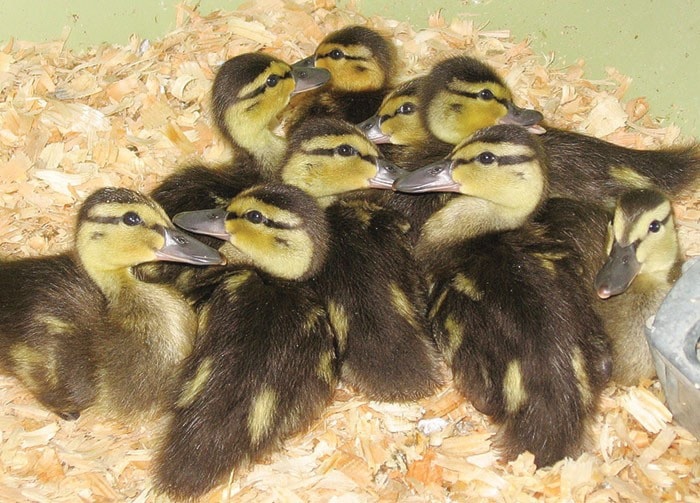One of the most recognizable Canadian water birds is the Canada goose.
Many of the reasons it is so well known are not always favorable as they become a nuisance to farmers and urban dwellers eating a huge variety of vegetation and producing an amazing amount of waste material.
Canada geese have long been a food source for the First Nations and Inuit peoples, followed by the white settlers.
There are 11 species of the Canada goose and they all share some common markings varying in size from the eight kilogram great Canada goose, to the diminutive one kilogram cackling goose. Their wing spans range from 90 centimeters to two meters.
Many of the local Canada goose populations migrate south in the winter others are remaining as year round residents as they learn to adapt to an urban environment.
Canada geese are easy to spot when they are migrating as they form a perfect “V” formation, honking as they fly communicating with each other. This flying formation allows them to get the maximum flying speed whilst expending the least amount of energy. They will change the front leader along the way, making frequent stops to refuel.
The different species of Canada geese are separated mainly on the basis of size, colour, voice and the shape and size of the bill. They all have a black neck and head with the distinct white cheek patches.
The Canadian geese have dark brown backs, the wing and tail feathers are black with white covert feathers above the tail.
The eyes of these geese are set close to the crowns of their heads enabling them to see more than 180 degrees both vertically and horizontally allowing them to keep an eye on an approaching predator.
Canada geese are very social birds with over 10 different calls allowing them to communicate a variety of messages and their vocalization is not easy to replicate.
Specialized beaks are equipped with “lamellae” along the edges, these small, serrated, teeth like adaptations allow the geese to cut or strip their food. These geese are certainly not fussy eaters dining on a huge variety of aquatic vegetation. In spring and summer, leaves, flowers, berries, seeds and roots keep them feeding for up to 12 hours in the day.
Needless to say, the unpleasant part of their voracious appetites is their ability to produce copious amounts of waste which can present a problem in local parks, farm lands and golf courses. Their excrement is high in nitrogen and phosphorous which in turn leaches into lakes and ponds upsetting the natural balance of the water.
Canada geese mate for life and the family stays together for at least a year. Once a mate is chosen the male becomes very protective and will fight to keep his mate safe. Although the geese look to be very placid they can change into a very aggressive enemy attacking the intruder by grabbing the neck or breast and thrashing out with their wings.
Nest sites are chosen in hidden areas of swamps, meadows, lakes or places that are easily accessible to water but provide good visibility in the event an unwanted predator approaches the nest. The female goose tends to the nest and the male stands on guard protecting her, the nest and the eggs.
Mountainaire Avian Rescue Society (MARS) rescues or admits numerous baby “ducklings” but not many goslings. Due to the tiny size of most ducklings, the females produce 12 to 14 eggs.
Wth only the female taking care of the young only one or two will reach maturity. Both of these offspring are “precotial “ birds, meaning they hatch covered in down, eyes open and are able to swim and feed as soon as their down is dry.
We ask people to be aware of how to behave if you find baby ducklings which differs from how you would proceed with a gosling. Due to the number of babies a mother duck will often take half her brood to seek the water, returning for the rest later. Many times well meaning people think the remaining ducklings are abandoned. If you intervene, the mother will not take the “abandoned” babies back to her care.
However a gosling is much larger and has the protection of both parents that will gladly accept and care for the errant gosling.
Please do not assume baby wildlife has been abandoned. Call us before attempting to rescue ducklings’ or any other wildlife babies. To report injured or “orphaned” wildlife please call 1-800-3-4-9968, for other calls 250-897-0337.
